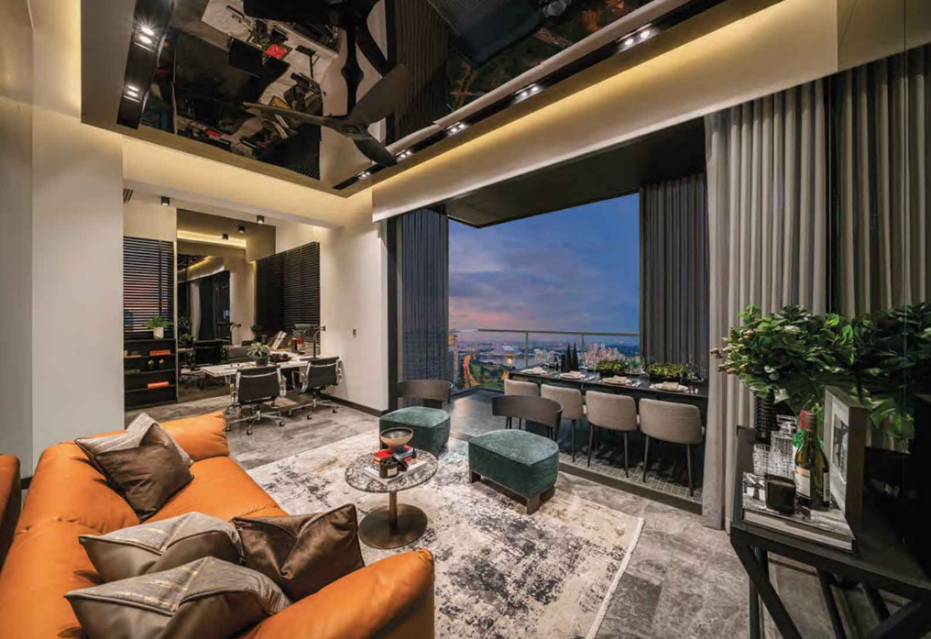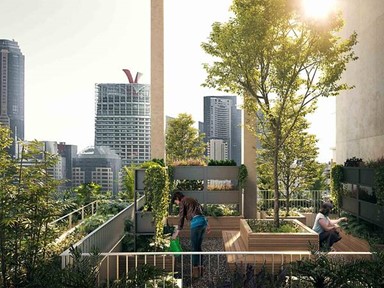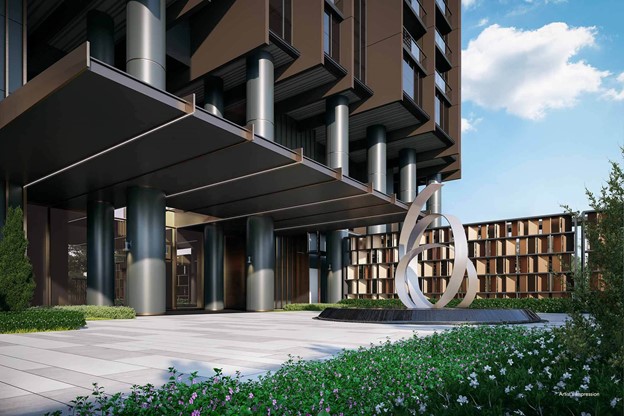In April 2020, the Singapore government announced the start of the circuit breaker and made it mandatory for employees to adopt the ‘Work from Home’ (WFH) scheme, forcing everyone to work in a non-office environment. Never have we stayed indoors for so long that our homes have now become our offices, school and for some, even a gym.
While phase 2 is well underway and the start of phase 3 approaches, we are not likely to return to the life pre-COVID. The COVID-19 outbreak forced WFH in a time where telecommunication technology has matured to a stage where remote-working, or ‘homeworking’, is not only possible during COVID, but also viable and practical in the post-COVID environment.
With this new lifestyle, most homebuyers’ needs have changed. Homebuyers are likely to consider merging a conducive working environment and comfortable living space into their homes, according to a report by Knight Frank.
So how are developers adapting to these changes and what homebuyers can expect from up and coming launches?
1. More Flexible Spaces
WFH may be the buzzword of late, remote-working office spaces are not an unfamiliar concept to the real estate sector. Many developers are drawing inspiration from the once-popular SOHO (Small Office Home Office) in incorporating flexible spaces designed to accommodate both living space and home offices.
Greater functionality does not always mean bigger homes as seen from GuocoLand’s Midtown Bay development, where the design of residential units caters specifically to individuals working from home, even before the start of the pandemic. Space within the unit is made flexible which means that the living space can seamlessly transit into an office space without over-integrating work and private life.

Duplex units will also likely gain popularity among homebuyers as it offers partial segregation between living and office spaces. With duplex units, the stacked design allows for the lower floor to be used as a home office while the upper floor is reserved for residential living. Such spaces facilitate versatility in a way that promotes productivity while being in the comfort of your own home.
For those who prefer a totally compartmentalized workspace at home, they may find dual-key apartment units to be the most suitable. The dual-key apartment shares the same door and foyer but has separate living areas. This makes the apartment extremely versatile and adaptable, where owner-occupiers can either let out the space or convert it into a private workspace or meeting room, hence offering the privacy and functionality of an office without leaving home.
2. Outdoor and Wellness Spaces
The circuit breaker has also heightened awareness on health and wellness, as developers sought to incorporate biophilic design to residential buildings, bringing nature to homeowners. With the rising trend of urban farming, together with government initiatives, through the distribution of vegetable seeds to households, is to encourage self-sustainability as well as enriching the quality of life for residents.

In response to homebuyers’ needs, CapitaLand’s upcoming One Pearl Bank residential development will feature 18 vertical sky allotment gardens with 200 plots of land for residents to grow their own fruits and vegetables, as well as larger balconies in individual units that double as an extended workspace. Owners can transition easily from a work environment to a tranquil and relaxing space which will provide a much-needed break after a day of working indoors.
3. Common-Shared Facilities
Ideas of transforming shared common facilities in private condominiums into small business centres where self-serviced coin or flashcard-operated facsimile for residents have been floating around amongst major developers. This idea is similar to those available at business hotels and serviced residences, which caters for residents who do not want to clutter their homes with printing machines but needs such facilities from time to time.
Although we have not seen practical implementations of such facilities just yet, developers are in fact considering the need for workplace facilities to be readily available within private residential homes.

EL Development’s new freehold development, Pullman Residences Newton boasts hotel-inspired lobbies that are made conducive for residents to receive guests, colleagues and associates while maintaining privacy by introducing furnished common spaces for the purpose of business meetings and holding conferences. Mr. Lim Yew Soon, Managing Director of EL Developments, shared in a recent CNA Lifestyle article that homebuyers can expect new facilities such as meeting rooms, conference rooms and business centres offering printing and fax services to support residents who work from home. It mimics a ‘normal’ work environment which boosts productivity as residents can easily access facilities that are otherwise unavailable if they are working at home.
Although preparations are underway for the transition into Phase 3, where more individuals are returning to offices, property developers are of the opinion that WFH is here to stay, in one form or another and developers will continue to incorporate more human-centered designs into homes, CapitaLand commented that work will likely entail a combination of both home and office spaces as some collaborative work activities will still need to be conducted in offices.
Although location and price are important consideration points, amenities, and facilities such as work from home features will greatly influence the buying process with that added touch of convenience, comfort, adaptability, and privacy for residents.
Want to find the best mortgage rate in town? Check out our free comparison service to learn more!
Read more of our posts below!

